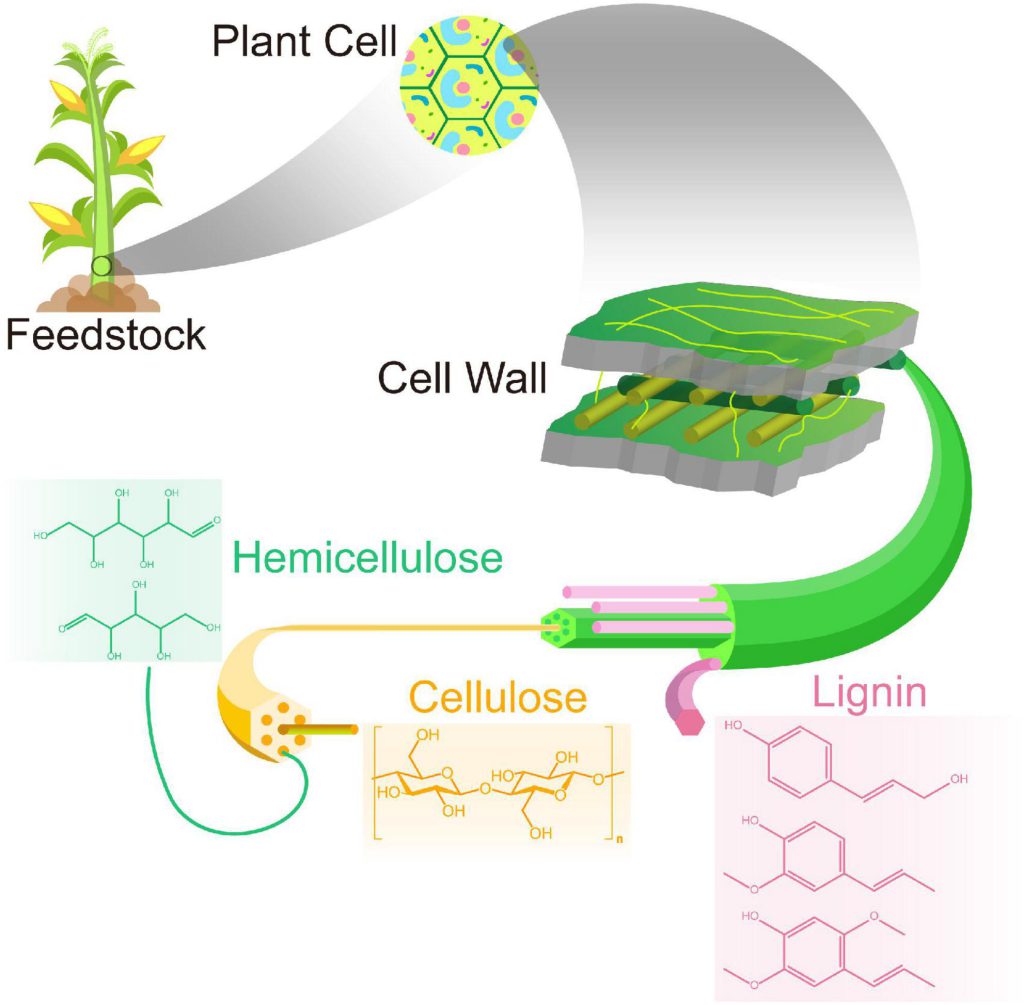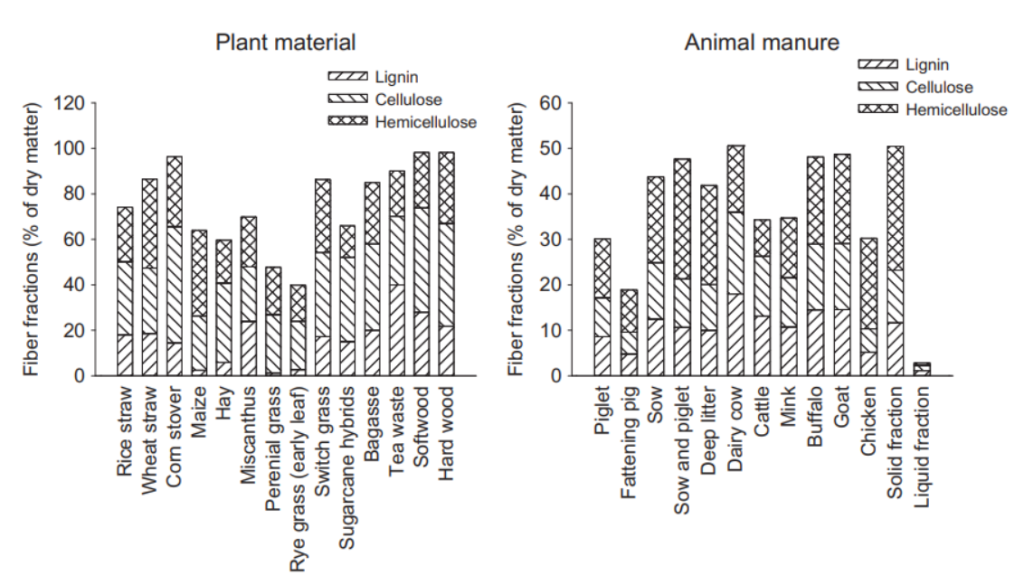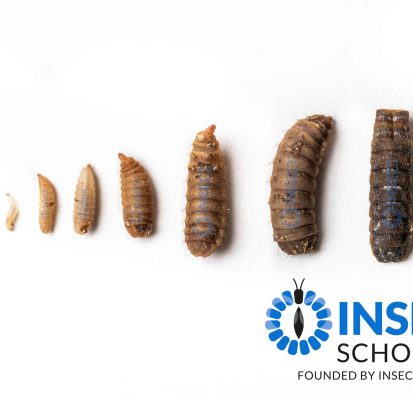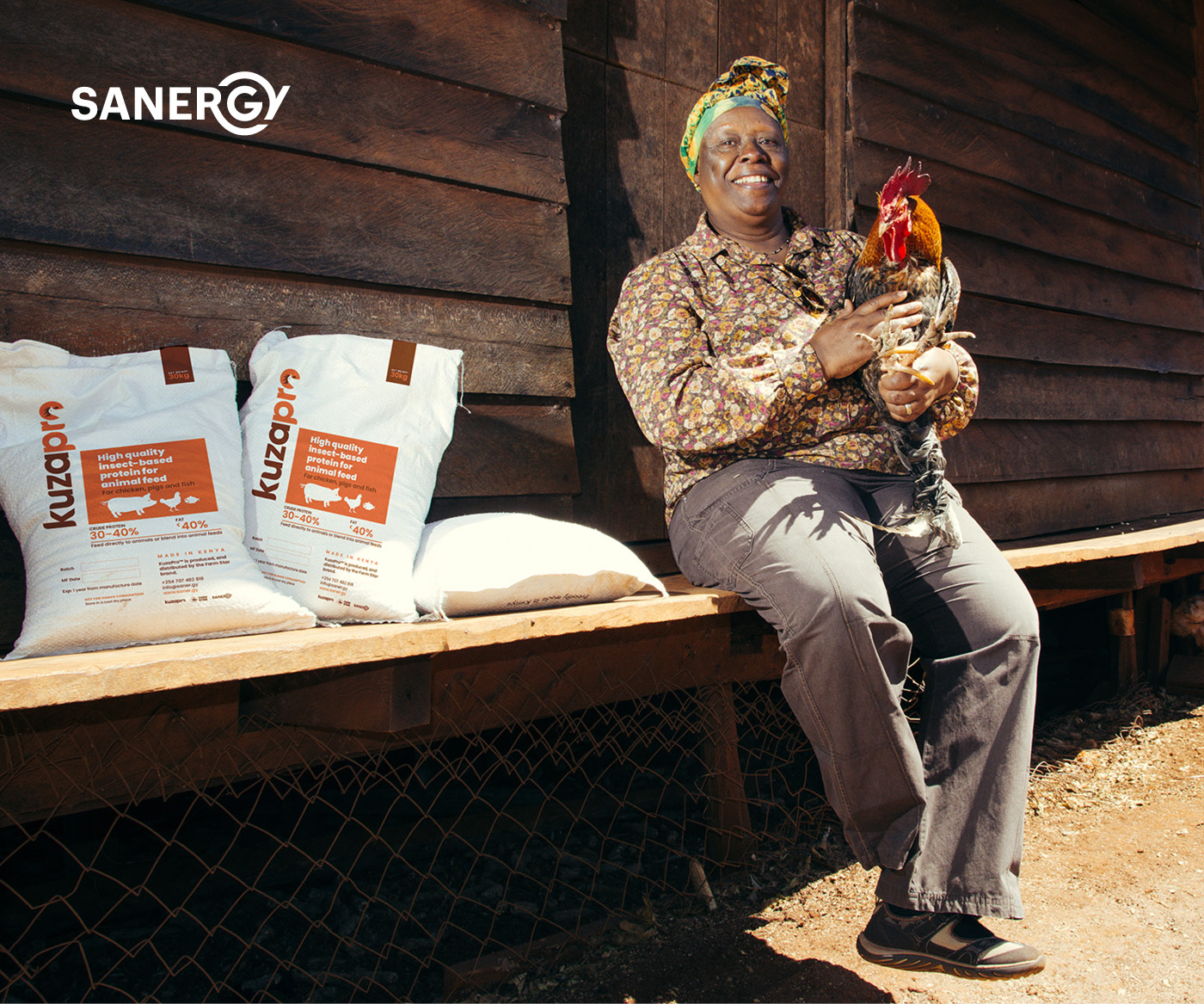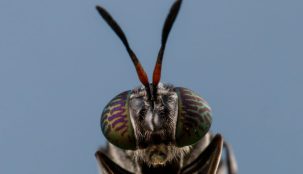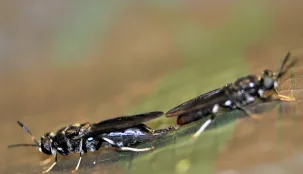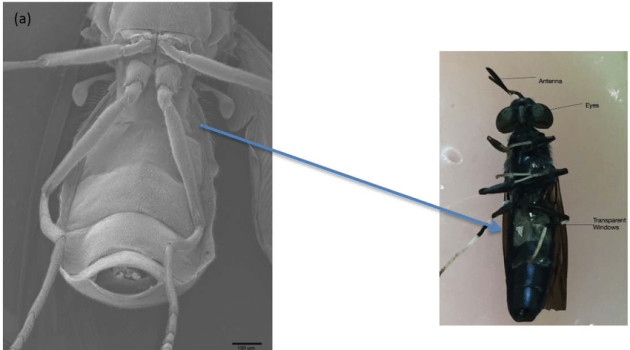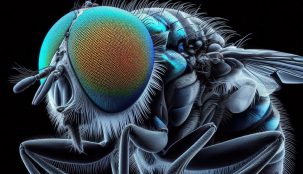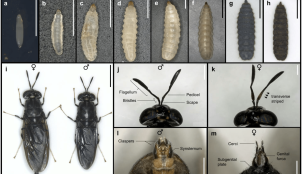BSF Larvae Tough in Fiber

BSF has the ability to digest practically anything organic except lignocellulosic materials stated by van Huis et al (2020).
While a question is what are Lignocellulosic Materials?
Lignocellulose is a complex constructure found in plant cell walls. It’s made up of cellulose, hemicelluloses, and lignin. This forms the basic framework of plant cell walls. Below figure shows the fundamental structure and composition of lignocellulosic materials.
Lignocellulose in Agricultural Residues
In agricultural waste, like plant residues, lignocellulose usually makes up a big part, typically between 50% to 90% of the total organic matter. For example, grass and maize have relatively less lignocellulose, while materials like straw, wood, and tea waste have a higher concentration
Lignocellulose in Livestock Manure
Livestock manure can have between 30% to 80% lignocellulose. The amount varies based on what the animals eat and whether the manure contains straw used for bedding. For instance, manure from fatting pigs has lower lignocellulose because they’re fed low-fiber food, while dairy cows and buffaloes, which eat high-fiber plants, have more lignocellulose in their manure.
Black Soldier Fly and Lignocellulose
Black Soldier Fly Larvae (BSFL) are not particularly good at breaking down lignocellulose (more insight here). They have a lot of enzymes for digesting things like starch, fat, and protein but not so much for fiber like lignocellulose. That’s why they grow better on substrates rich in starch and proteins and not so well on fiber-rich ones.
However, one study found that when you mix soybean curd residue (Okara) with cattle manure, the BSFL can digest cellulose and hemicellulose at more than 40% and lignin at 24-40%. This shows that the digestibility of fiber can vary depending on the type of substrate (e.g., wheat bran fiber versus soybean fiber).
So, in a nutshell, lignocellulosic materials are the tough stuff in plants, and BSFL are better at digesting some types of fiber when it’s mixed with other organic materials.
